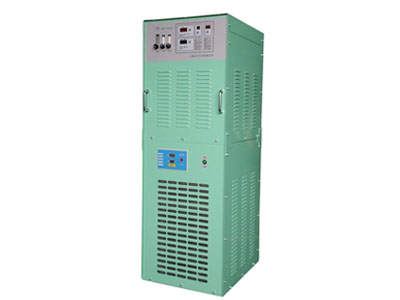Shanghai Duomu Industrial Co., Ltd. is a high-tech industry specializing in power supply development. Welding power supply is my important project. The series of welding machines developed have reached or exceeded the international advanced level, and are well recognized by customers and have a wide customer base. And popularity. The products are professionally used for welding of precision parts and thin plates, surfacing welding of valves, rolls, picks, etc., welding repair of molds, mechanical shafts, etc., and have been widely used in electronic appliances, coal mining machinery, aerospace and many other fields.
Hard seal surfacing valve
1. Structural mechanism
A hard seal is a seal between metal and metal, and the sealing ball and valve seat are both metal. Machining accuracy and craftsmanship are more difficult, and they are generally used in high pressure. The soft seal is a seal between metal and non-metal, such as nylon tetrafluoroethylene, and the manufacturing standards are the same.
2. On the sealing material
The soft and hard seal is for the sealing material of the valve seat, and the hard seal is precision processed with the valve seat material to ensure the accuracy of matching with the valve core (ball). Generally, there are stainless steel and copper. The soft seal means that the sealing material embedded on the valve seat is a non-metallic material. Because the soft sealing material has a certain degree of elasticity, the processing accuracy requirement is relatively low for the hard seal.
3. On the manufacturing process
Due to the complex working environment of many chemical and mechanical industries, many of them are high temperature and high pressure, the frictional resistance of the medium is large, and the corrosiveness is strong. Now the technology has improved, the use of various materials is better, and the processing and other aspects can be followed. Now, the hard-seal ball valve has been widely promoted. In fact, the principle of the hard seal ball valve is the same as that of the soft seal, but because it is a seal between metals, consideration should be given to the hardness relationship between metals, as well as working conditions, and what medium to use. Generally, hardening treatment is required, and continuous grinding between the ball and the valve seat is required to achieve a seal. Hard-sealed ball valves have a long production cycle and complicated processing. It is not easy to make hard-sealed ball valves.
4. Conditions of use
The soft seal can generally achieve a high level of sealing, while the hard seal can be high or low according to the requirements; the soft seal needs to be fireproof, because the material of the soft seal will leak at high temperatures, while the hard seal does not have this problem; Generally, it can be done at very high pressure, but soft seal is not. Soft seal cannot be used in some occasions due to the problem of the flowing medium (such as some corrosive medium); finally, hard seal ball valve is generally more expensive than soft seal. As for manufacturing, there is little difference between the two, mainly the difference between the valve seat, the soft seal is non-metallic, and the hard seal is metallic.
5. On the equipment selection
The selection of soft and hard sealing ball valves is mainly based on the process medium, temperature and pressure. Generally, the medium contains solid particles or wears or the temperature is higher than 200 degrees. It is best to use hard seals. The valve diameter is greater than 50 and the pressure difference is larger. Also consider the opening torque of the valve. , When the torque is large, the fixed hard-seal ball valve should be selected, and its sealing grade can reach 6 grades regardless of the soft or hard seal.
